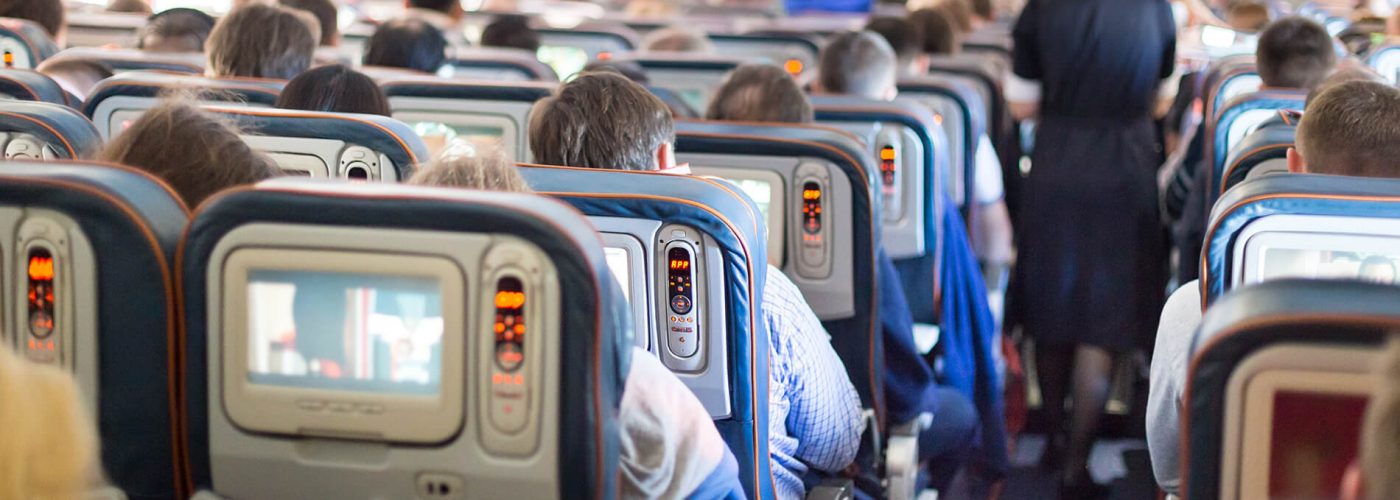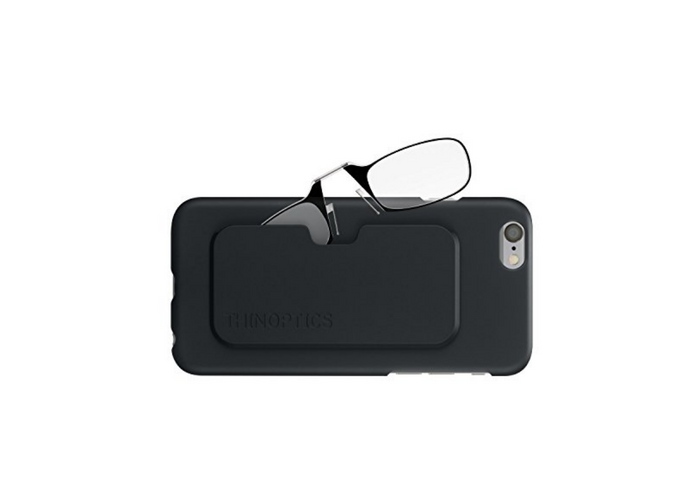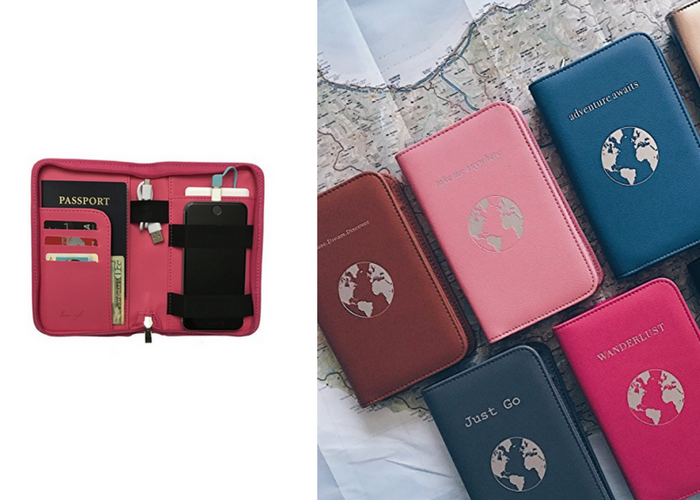Travel Etiquette: 5 Controversial Rules You Might Be Violating
Are you violating the basic rules of travel etiquette? From skipping lines to sharing the armrests, here’s how to correct your controversial behavior.
Travel Etiquette Rule #1: Sharing the Armrest
Travel Etiquette Rule #2: Reclining
Reclining your seat is the most hotly debated travel etiquette question out there. Some people view it as their right, while others see it as unspeakably rude.
Etiquette expert Courtney Fadler says: “Unless you are on a very long cross-country or international flight, the best etiquette rule of thumb is not to recline your seat. There is very little space these days for leg room, and reclining seats just takes that much more away from the person behind you. If you are on a very long flight (i.e. international flight) and will be reclining your seat for sleep or otherwise, make sure the person behind you is not in the middle of eating their dinner on the tray table before you recline. You can even take that extra step of consideration, and ask them if it’s okay if you recline your seat for a while.”
Travel Etiquette Rule #3: Cutting the Line If You’re Late
You’re running late for your flight (or connection) and there’s a huge line at airport security/customs. You’ll never make it. What do you do? Should you politely wait in line and miss your flight? Beg the people in front of you to let you cut?
I see two good options here: Throw yourself at the mercy of the people in front of you, asking them to let you go ahead so you can make your flight (I’ve seen this happen many times, and passengers rarely say no to a polite and desperate request); or find a TSA agent/airport employee to explain your situation too—they will usually help you skip the line to make your flight. But don’t cut without a good reason … and a good explanation for your fellow passengers.
Travel Etiquette Rule #4: Swapping Seats on an Airplane
It’s a moral dilemma when someone asks you to switch seats on a plane so that they can sit next to their travel companion, especially if you’ve carefully selected (or possibly paid extra for) for your seat
My view: The person asking for the swap should give up a better seat for a worse seat—for example, if they are in a window seat, the offer must be to switch with someone in a middle. That way everyone wins. If that’s not possible, ask the flight attendant for help. He or she can hopefully rearrange a few people to make everyone happy.
Travel Etiquette Rule #5: A Chatty Seatmate
Looking forward to a quiet flight so that you can nap or read your book, but the person next to you has other plans? Follow this advice from the Emily Post Institute: “If you can’t choose your environment, create your own. Bring an eye shade for napping, and use headphones to listen to music or movies (whether in the terminal or on the plane), or earplugs to block out unwanted conversations. If your seatmate won’t stop chatting with you, smile and say, ‘Well, it’s been nice speaking with you. I’m going to read for a bit now.’”














